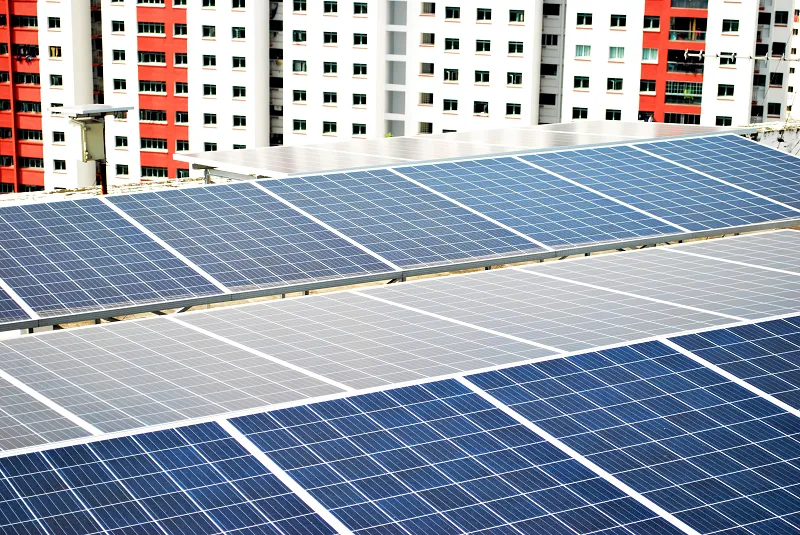
11GW of solar power could be installed in New Zealand: Transpower
The country could have 16GW of distributed solar power by 2050 if panels were installed across its projected 2.4 million households.
New Zealand’s state-owned transmission grid operator Transpower said that the country could generate approximately 11 GW of power if embedded solar was installed across its 1.8 million residential households in 2019, according to its Te Mauri Hiko Energy Futures report.
The operator further added that distribution could climb to 16GW of distributed solar power with the number of homes in the country estimated to grow to 2.4 million households by 2050.
“With the increase in homes and business premises, the solar capacity of photovoltaic cells will also significantly increase with improving technology,” Transpower explained. “The combination of these effects could see the solar potential of the ubiquitous rooftop reach 27GW by 2050.”
New Zealand reportedly has over 85MW of distributed solar installed, almost half of which was installed over the past two years, the report noted. The country’s installed solar prices have been falling rapidly and are expected to continue to fall as demand continues to increase which supports New Zealand’s healthy domestic solar industry.
The report also argued that whilst utility wind is the cheapest form of renewable energy, solar will enjoy a slight average cost advantage over wind, based on its forecast by 2050.
It pointed out how investment bank Lazard estimates new utility solar capacity can be built at a levelised cost of energy of $36-46/MWh. As a comparison, the cost of new gas or geothermal electricity plants is estimated to be $41-111/MWh.
“The full economics obviously depends on the site, carbon pricing assumptions and more, but utility solar is clearly an economically viable option in the mix for New Zealand’s energy future,” Transpower highlighted. “This is reinforced with New Zealand’s first utility solar generation plants now starting to emerge. Mercury has a pilot site at Southdown in Auckland, and NextGen is applying for resource consents for a site to host up to 20 MW in Tasman.”
The report further debunked myths and misconceptions about solar technology, such as the view that the grid will not be able to handle all the distributed solar energy.
“By exploiting the natural partnership between solar and battery technology, and the utilisation of inverter capabilities, anticipated voltage constraints in electricity networks could be managed to enable networks to host 9-10 GW of solar,” Transpower said. “Every solar installation comes with an inverter – if this is well-designed and correctly set-up it can support renewable generation on the grid and reliability for households through providing ancillary services and support.”













 Advertise
Advertise











